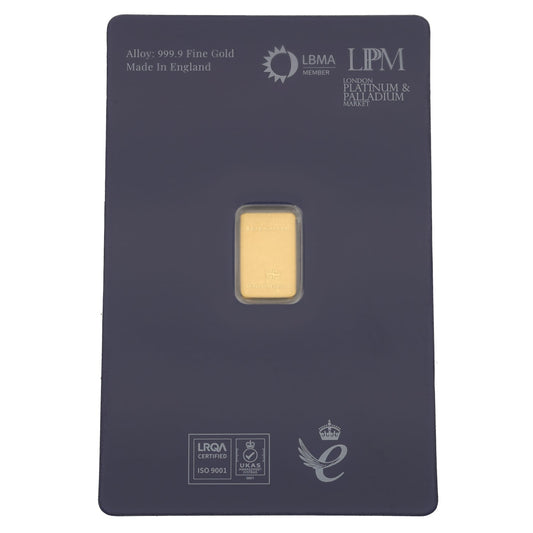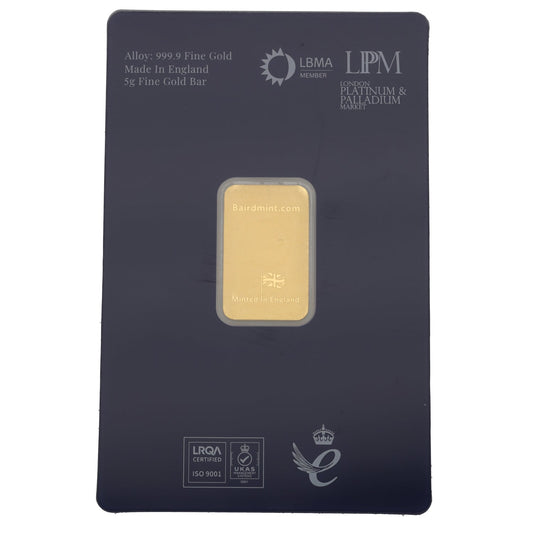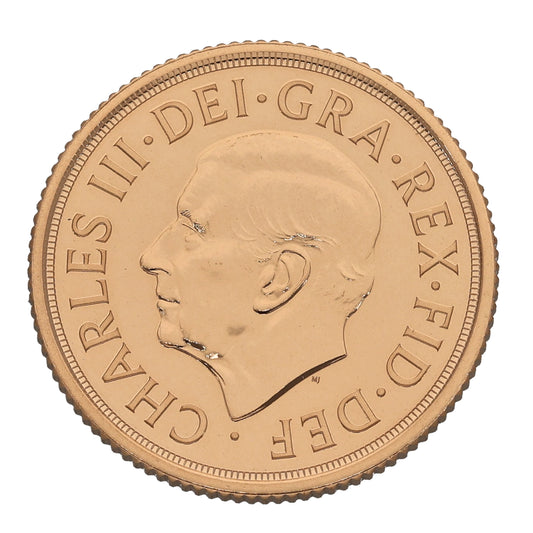This dramatic downturn has impacted the global market and has caused a lot of confusion as investors, traders and analysts try to make sense of what has happened. However, if you look beyond the victims of this latest dip, the price of gold has only benefited from the events of the last week.
In this article, we’ll be looking at this financial phenomenon in more detail and explain how you could benefit from giving gold a bit more attention as the global markets stall.
Stock market downturn – what is happening?

For three days straight, the global stock market suffered major sell-offs and instability, worrying investors and causing a rough working week for traders. The losses seen by the Dow had a knock on effect, causing issues for both European and Asian stock markets. Investors began to sell their stocks, a move which snowballed as the numbers continued to plunge. Many are still trying to analyse exactly what prompted these sell-offs, and there are a few theories:
- US Government
Concern is growing over the US deficit, which dictates the amount of money that the government has to borrow. The new tax reform plan which has been introduced by President Donald Trump and his Republican party is slated to add $1 trillion to the US deficit over the next decade. With US government spending increasing due to natural disasters (such as the California wildfires and numerous recent hurricanes), this puts the US economy in a more worrying position, and sparks fears among investors of future economic woes.
- Fear of interest rate rises
US employment has been rising steadily since 2010 and has gone beyond pre-recession levels. Due to this, interest rates are touted to rise in the US in the near future. This is a worry to investors, as it means potential issues with inflation which can then affect profits.
- Computer issues
Some analysts suspect that the points drop was exacerbated by modern technology. Although traders still work the floor of the international stock markets, there are also computers which do the same job using complicated algorithms to do the maths at a superhuman pace. This means that when the data triggers the computers to sell, they can do so much faster and therefore can have a much bigger impact on the overall numbers.
Rising gold prices
In contrast to the problems felt by the stock markets this week, the price of gold has only been boosted by current economic events. As the Dow took hits on the 5th, 6th and 7th of February, the price of gold increased sharply and is still hovering around much higher levels than has been seen recently.
Since 2016, the price of gold has risen dramatically to levels not seen since 2013: at the beginning of August 2015, the price of gold was around £697 per ounce; on 6th February 2018, the gold price hit £964 per ounce. This is good news for those who have invested in gold and who own gold items, but why has it done so well when other markets are stalling?
What affects the price of gold?
Historically, gold has been seen as a ‘safe haven’ investment – one which will always hold value and do well when other markets are floundering. This is partly because gold is a physical thing and there is a finite amount of it. Gold is globally acknowledged as a valuable material and acts like a universal currency. There will always be demand for gold, and it can hold value even when traditional currencies fail.
For this reason, the price of gold tends to rise when instability is felt and confidence in a government or economy is lacking. Political issues like Brexit can cause a huge amount of uncertainty, so stockholders look to more stable investments such as gold to mitigate the risk.
The demand for gold also affects its stock price and it continues to be widely popular in a range of different applications. Jewellery, of course, is a large driver of this and makes up around 50% of demand. Gold is also widely used in industry and electronic manufacturing, as well as having a number of medical uses.
This recent rise in gold prices happened due to investors pulling out of the Dow and other global stocks, thus causing market instability which, as we have learned, makes gold more attractive. As the markets begin to stabilise in the coming days, the price of gold will naturally fluctuate. So is now the time to buy gold in anticipation of further rises, or was this week’s event just a one off?
Is the trend set to continue?
Many financial analysts have dubbed this week’s slump in the stock markets a ‘correction’ rather than a long-term downturn. However, the stock markets are impossible to predict and can be affected by many different factors worldwide. With the economic future of both the UK and the US current causes for concern, we may see more ups and downs in the coming months.
The final outcome of Brexit and the developing state of the US economy will both play a large part in what is to come. As we cannot accurately predict the future, the impact that these – and other – political issues will have on the stock markets can only be guessed at. What we do know, however, is that gold is very likely to hold on to its ‘safe haven’ status and can only benefit in the wake of any uncertainty.
Investing in gold does not mean that you have to ‘play the stock markets’ or learn how to be a trader. You can invest in gold simply by owning it. Gold value is based on its carat and weight, so even a single gold necklace would rise in value during an upturn in gold prices on the stock market.
You don’t need to own gold bullion to take advantage of gold gains, which makes it an interesting market to follow for the everyday person. Keep an eye on the markets, on current events, and on gold prices, and you’ll soon get an idea of when it feels right to invest in gold.






























